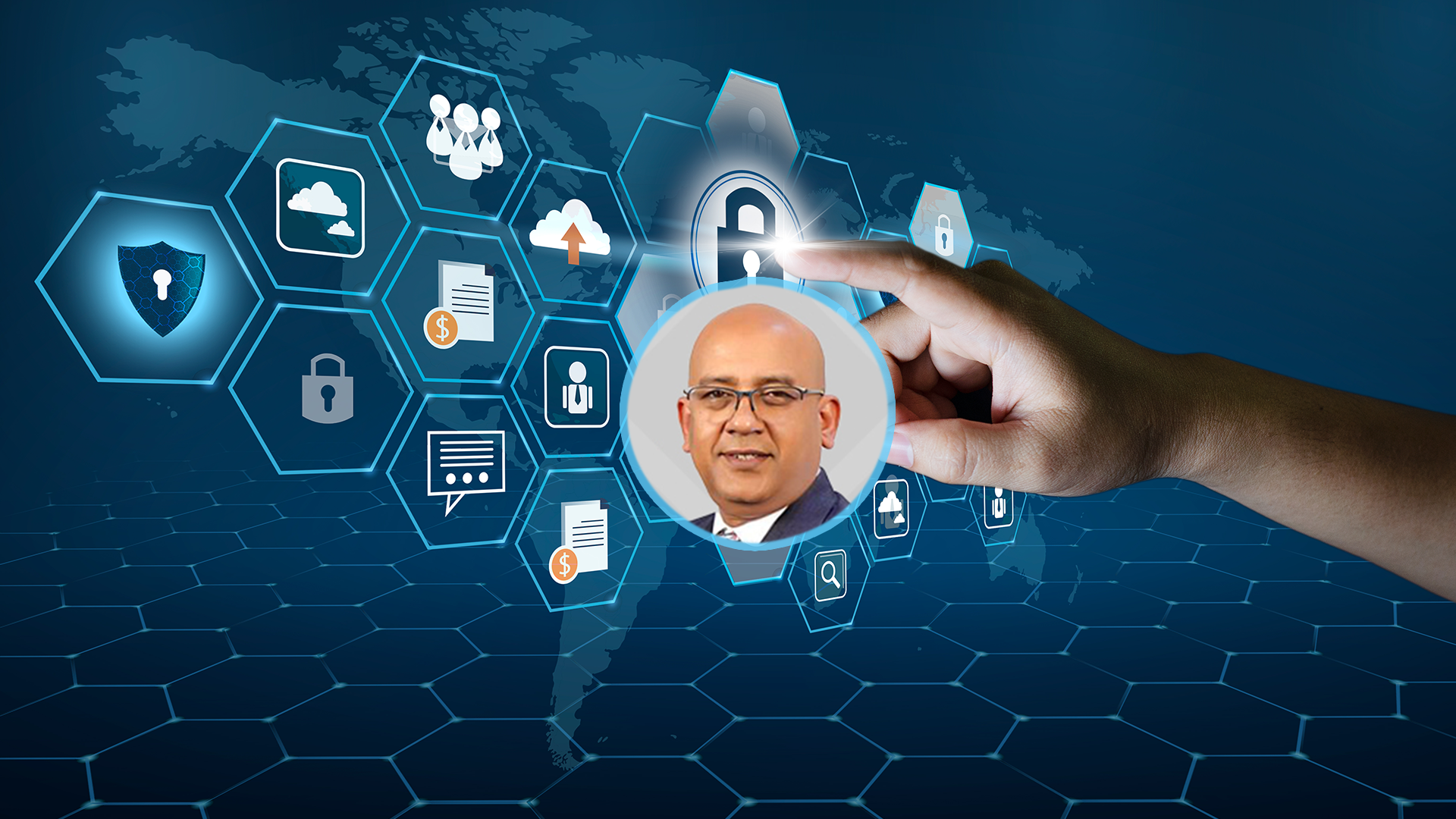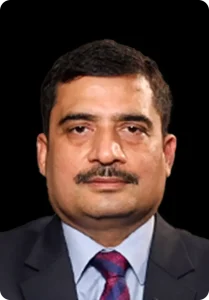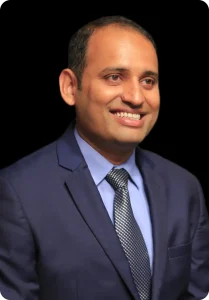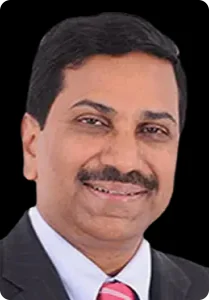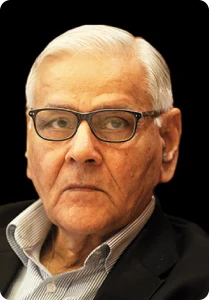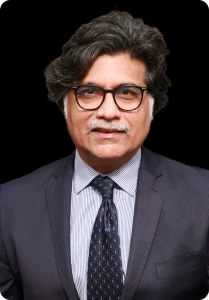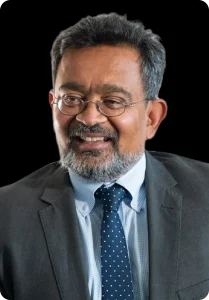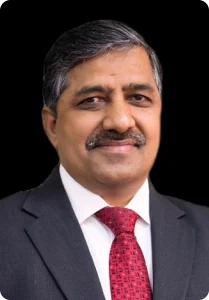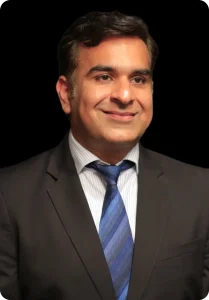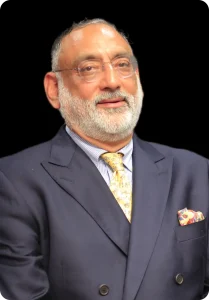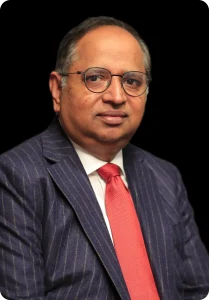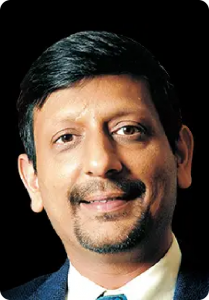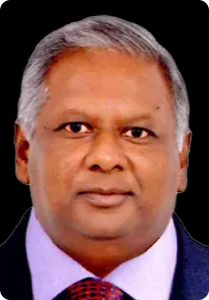Black Box plans to increase India contribution to its business to 10 per cent in the coming years, with revenue from the region potentially doubling in the near future, said CEO Sanjeev Verma. While stating that the macroeconomic slowdown may impact discretionary spends, which is 20-25 per cent of the business, for the short term, Verma expressed confidence in the Indian vertical, talking about increasing workforce following a centre in Bengaluru earlier and using recent funding to expand the India market.
Edited excerpts:
You had the strongest quarterly performance of FY25 in terms of deal wins in Q4 with ₹1,550 crore. What was India’s contribution to this figure?
India’s contribution would be over 15 percent. We want to refocus on India as part of our overall journey towards building $2 billion in revenues. We expect India’s contribution to dramatically increase from the current 6-7 per cent to at least 10 per cent or more. To that extent, we are investing back into the team, both in Go-To-Market and our capability team.
Recently, we added a new facility in Bengaluru to support this expansion plan as and when it happens. We foresee hyper growth in India, commensurate to last year, with revenues nearly doubling over the next couple of years — although it still remains a small part of our business. Our focus area will remain on large enterprises, infrastructure, public and private and select public sectors, as well as government initiatives.
How do you plan to integrate agentic AI services?
Each aspect of our infrastructure has some element of AI, agentic or otherwise. Our primary focus with agentic AI is on workplaces with large workforce, so that you are able to supplement or support the last-mile works. So, contact centres, BPOs, GCCs are where we are looking at large play for the Agentic AI. We are also looking at partnerships and developing some of our own IPs in this space, as well from a services standpoint.
You also talked about increasing employee numbers to 1,000. How has the entry of AI affected those plans?
Black box is not directly impacted by workforce replacement because of AI, because that’s not our play. We don’t have a massive workforce, because we do physical infrastructure — building connectivity, passive infrastructure, networking — which requires you to physically do all this when building an airport. So we don’t see that as a challenge and we will continue to hire.
Globally, our workforce stands at 3000, compared to 300,000 for others, so we don’t have the same challenge.
We are a ‘glocal’ company — thinking globally and acting locally. So, we are thinking of adding 400-500 people, which is not really an issue. We are hiring as we speak, and we took up a new centre of excellence in Bengaluru recently.
Over the next 12 months, this facility will get populated. We are planning to add 10-20 per cent of the workforce, and we expect the growth will be able to absorb that.
Are you increasing your focus in the telecom sector?
We will be participating. Be it a telecom operator or public sector services, we we are well positioned to support these initiatives.
Today, our driver licenses are digitised, passports are due on the way for two months time, you see everything has changed in the last 20 years time. Black Box is well suited to support many of these.
Is the macroeconomic slowdown globally affecting your India ambitions in any way?
There is a lot of uncertainty across factors such as currency, tariff, geopolitics. However, a large portion of our business is mission-critical — which means you need to have the networks up and running at the airport or at a railway station or in the workplace.
So, maybe 20-25 per cent of our business can get impacted for delays, but a large portion of our business is non-discretionary, so we are a little protected if you may. Even in the face of upheaval, it’s less a matter of ‘if’ and more about ‘when’ things will change.
You got around ₹400 crore funding recently. What part of that funding do you plan to invest in India?
For India, one-fourth of the funding will largely go to marketsand making sure our working capitals are efficient.
Half of the funding was supplied by the current investors, who are our largest investor and half was from HNI and others. It is largely to have some ammunition for growth, both organically including India and some inorganically.
What are your plans going forward?
Over the next 5-10 years, we need to rapidly invest in infrastructure, because the next generation applications would require it. This investment is actually is going in that, building the fibre, network. We are not doing much for data centre build-out yet in India.
I think India has got about 800 megawatts, which is the capacity of one data centre, one hyper centre in the US in one site. For the next 3-5 years, this will dramatically change. If you are looking at going from where we are to over $250 million over the next 3-4 years time, we have to triple the business.
Source: The Hindu BusinessLine

